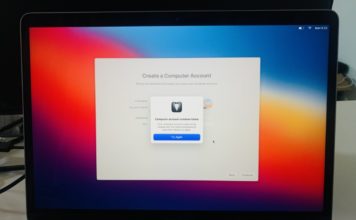Using Android Studio Emulators in M1 Mac:
Previously, when M1 Macbooks were released, Android studio didn’t have any support for emulators. Google has released a different preview build for emulators. You can check this build here.
Mac M1 Android Studio Emulator
After pressing the launch button you will get your Android application running in your ARM virtual emulator:-) Conclusion. In this post, we have seen that is possible to install Android Studio in Macbook Air M1 and use a virtual device even that your M1 doesn’t support VT-x. You can learn more about this emulator in the following references. Click on releases option and download the latest preview version by clicking of android emulator m1 preview.dmg. It will download a DMG file. Click on the DMG file in downloads folder of your Mac. ดูเหมือนว่าแอป Android จะสามารถใช้งานได้บน MacBook และ Mac ของ Apple ที่ทำงานบนชิป M1 ผ่านทางแอปพลิเคชัน BlueStacks. BlueStacks เป็นโปรแกรม Android emulator ยอดนิยม.
The problem with this preview build is that you can’t change the emulator device type. It works, but if you want to test your application on different device or different screen sizes, there was no other option available.

Recently, they released one change to the Android Studio SDK manager and downloading an extra emulator is no loger needed now. Catalina microsoft word doesnt work.
In this post, I will quickly show you how to create Android Emulators on M1 chipset mac in Android Studio.
How to do that:
First, make sure that you have the latest Android Studio installed. If you have 4.1.2 or later Android studio version, this will work.


First, start AVD manager. If you haven’t created any AVD or android virtual device before, you will find it in Tools->AVD Manager.
Click on Create new virtual device button. It will show you a list of different devices. You can select any of these phones.
Emulatore Android Mac M1

- Click on next. It will show you a list of system images. Basically, it shows different images for different Android Versions that can be used with the current AVD. Make sure to select the ‘Other image’ tab. Images listed under this tab are designed for Macbook M1.
Mac M1 Android Emulator Offline
That’s all. It will create one emulator using that selected image. You can also create different virtual devices using the same image. Fat32 formatter.